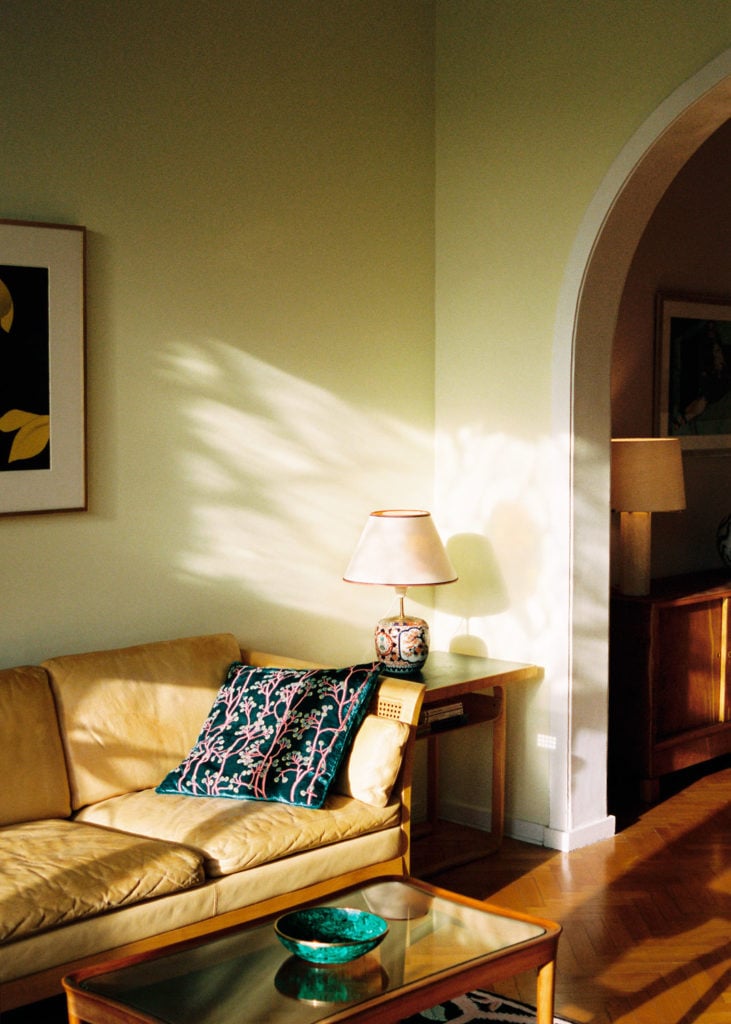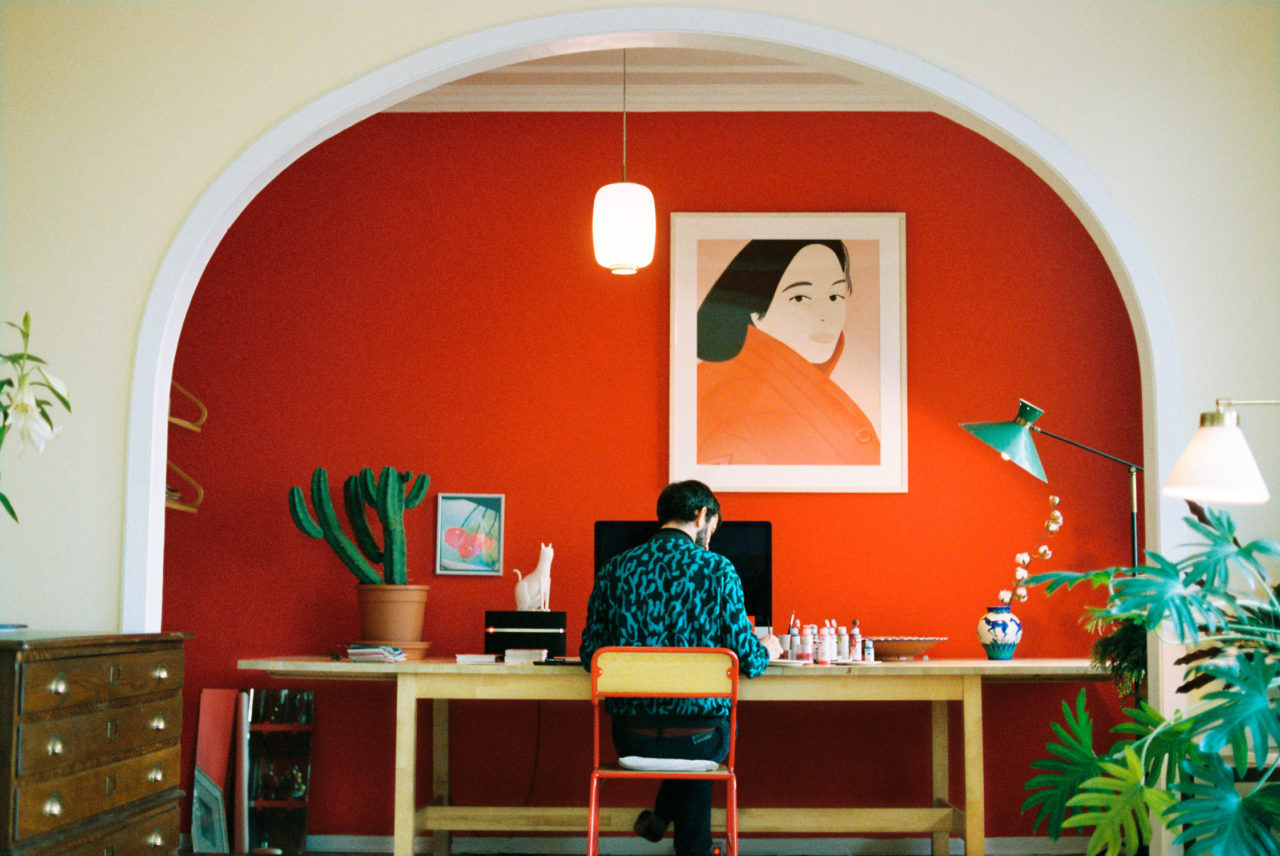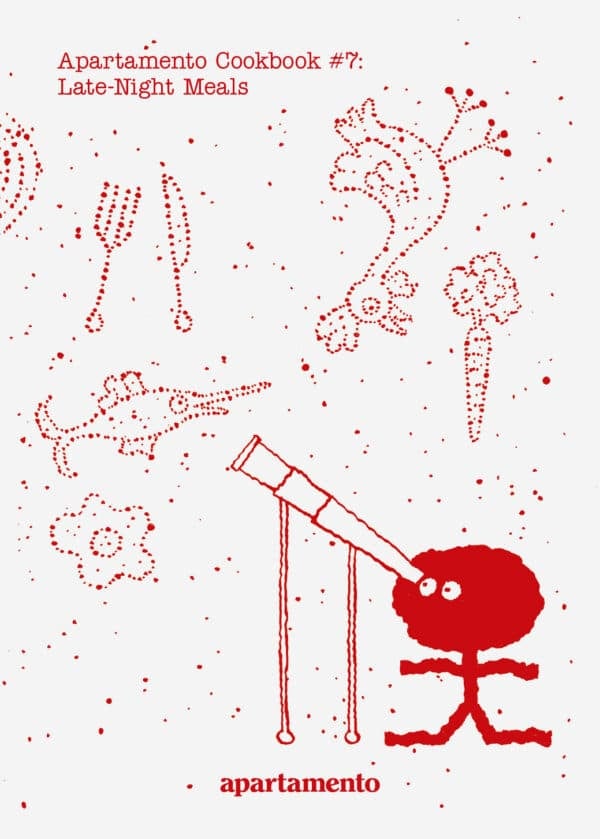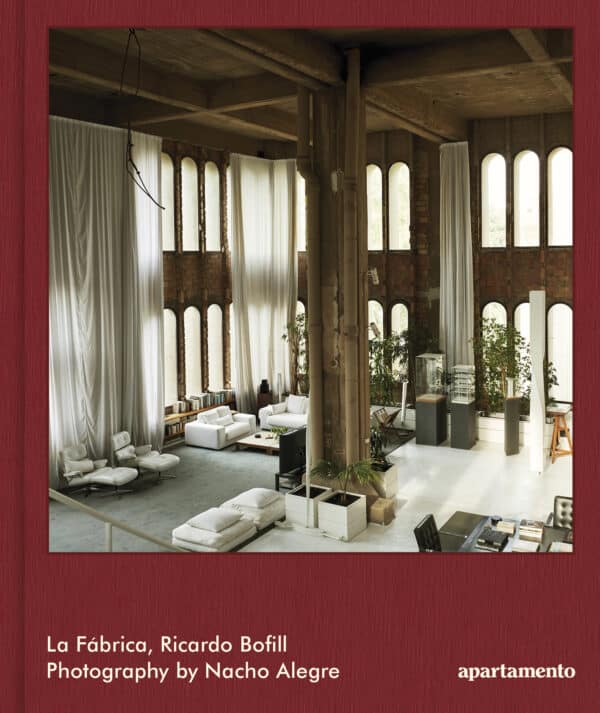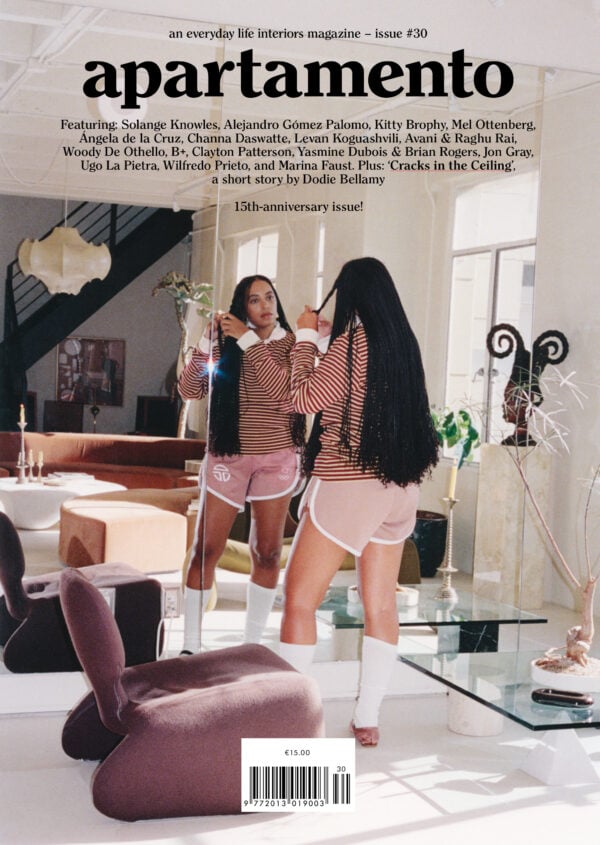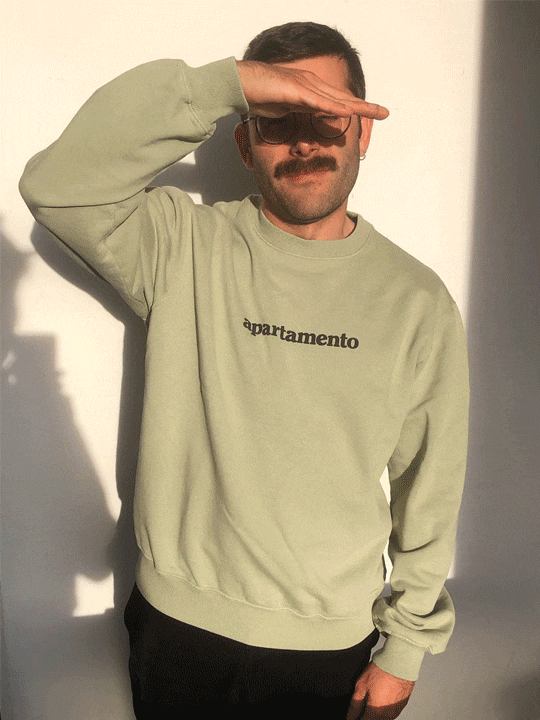New York: Sitting in a French restaurant in New York for lunch with Nicolas Party, we started by talking about how to deal with a cold. It’s the height of cold and flu season in New York, and Nicolas has just got back from Brussels, having stopped by San Francisco and maybe Dallas. He told me to only eat my favourite food when I’m sick. He would only eat Coco Pops when he was a kid, three times a day. The travel is a pretty regular thing for him. Having a few museum shows every year, in the US and Europe, moves him around a lot. He just recently moved to New York but has decided to keep a base in Brussels as well. In talking about his work, it’s easy for the reader to imagine something kind of ‘regular’. Nicolas’ subjects are the most basic and traditional subjects of painting historically: portraits, still lifes, and landscapes. However, one can only really describe his work as irregular. His pictures exist in the past and the future, both at once, while weaving between all the other points therein. An elastic, nonconforming, and knotted kind of time.
Paintings in an exhibition are characters in a play, and so are the dinner guests during one of his performances. His pictures will have all the components of a recognisable scene, but something is off. It’s not unnerving in any way, but rather unexpectedly beautiful—a peculiar skin tone or an unrecognisable species of tree or the way a piece of fruit is positioned. Irregularities find themselves into the work, which is all at once surreal and classic and sci-fi and noir and symbolist.
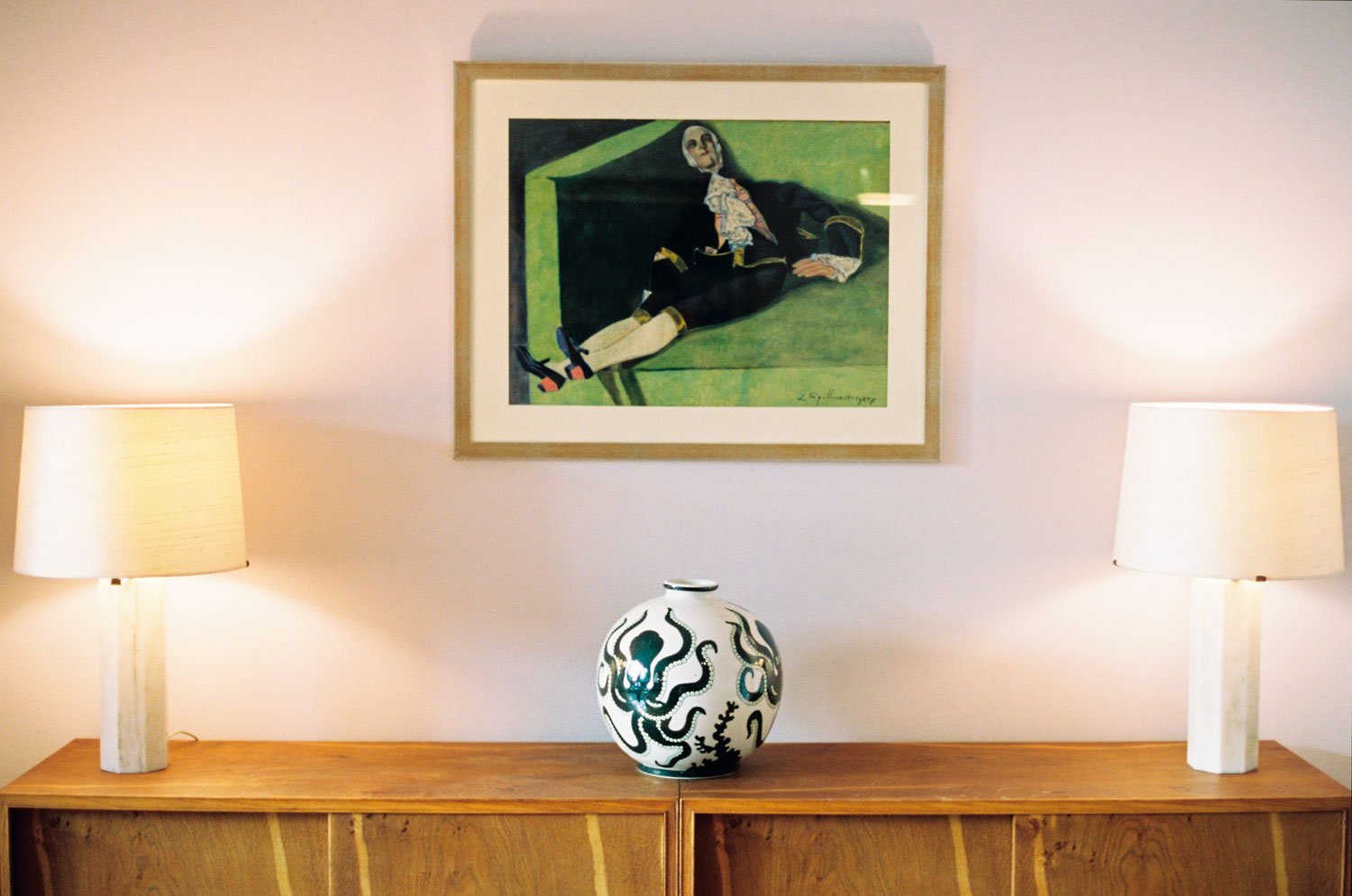
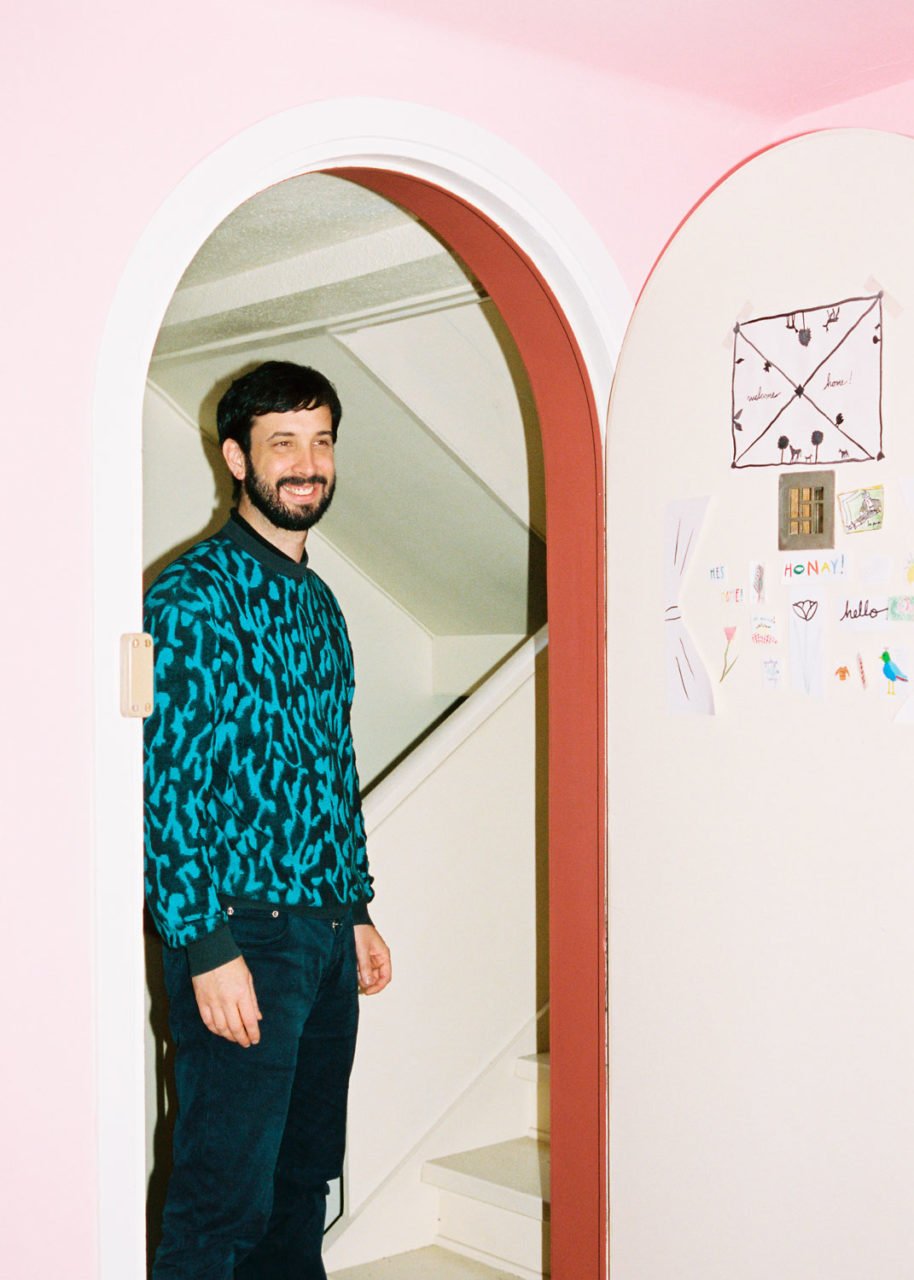
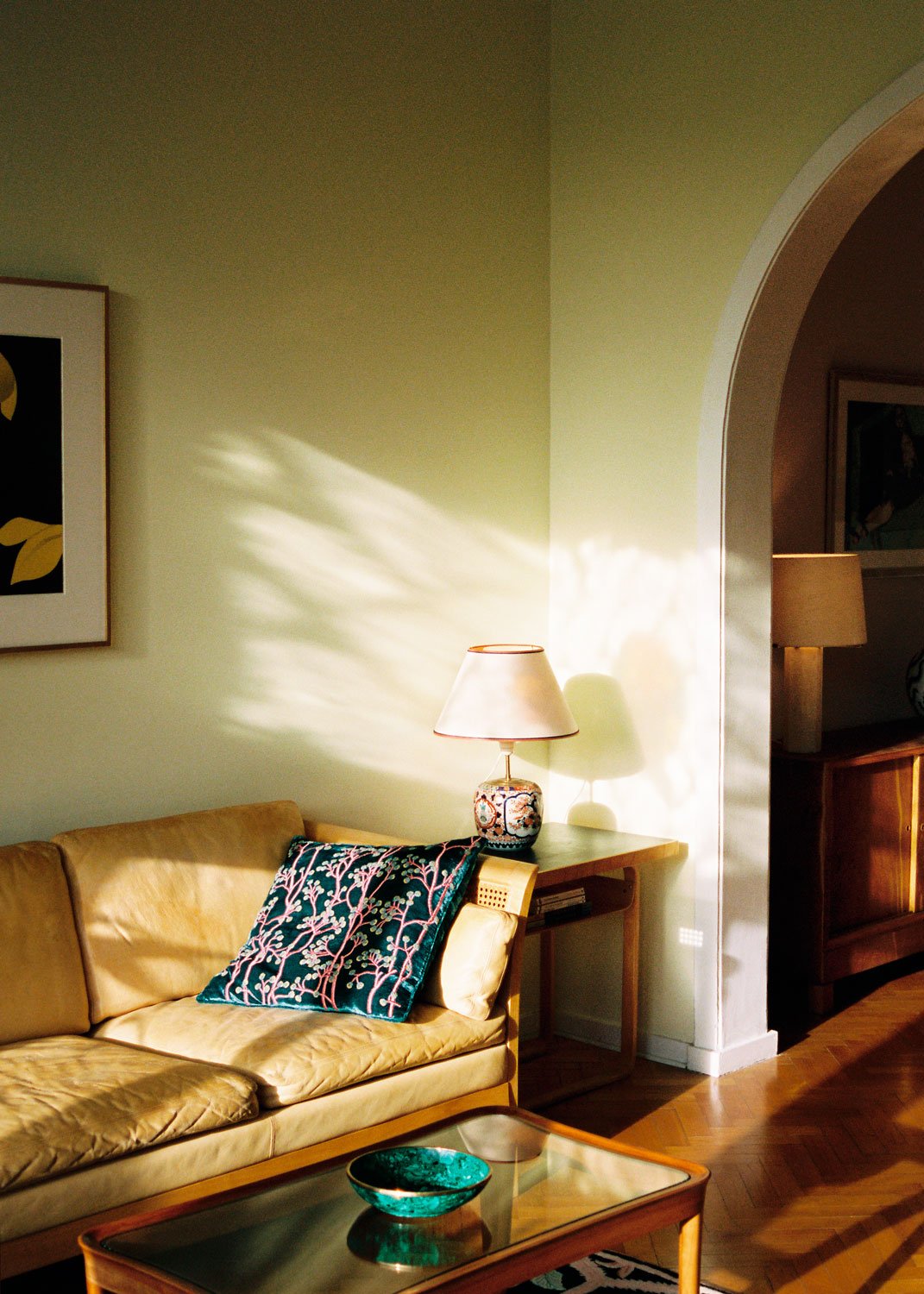
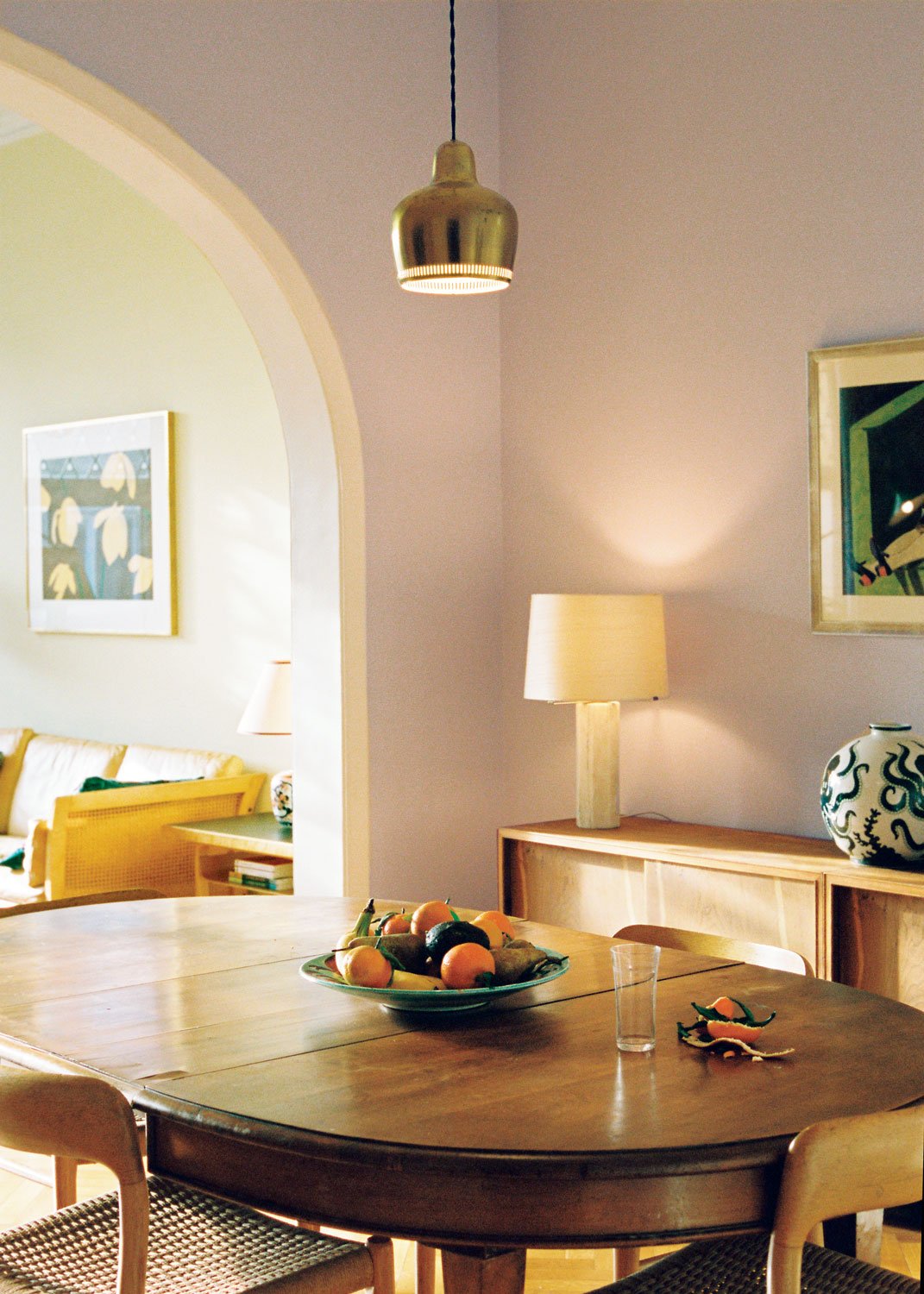
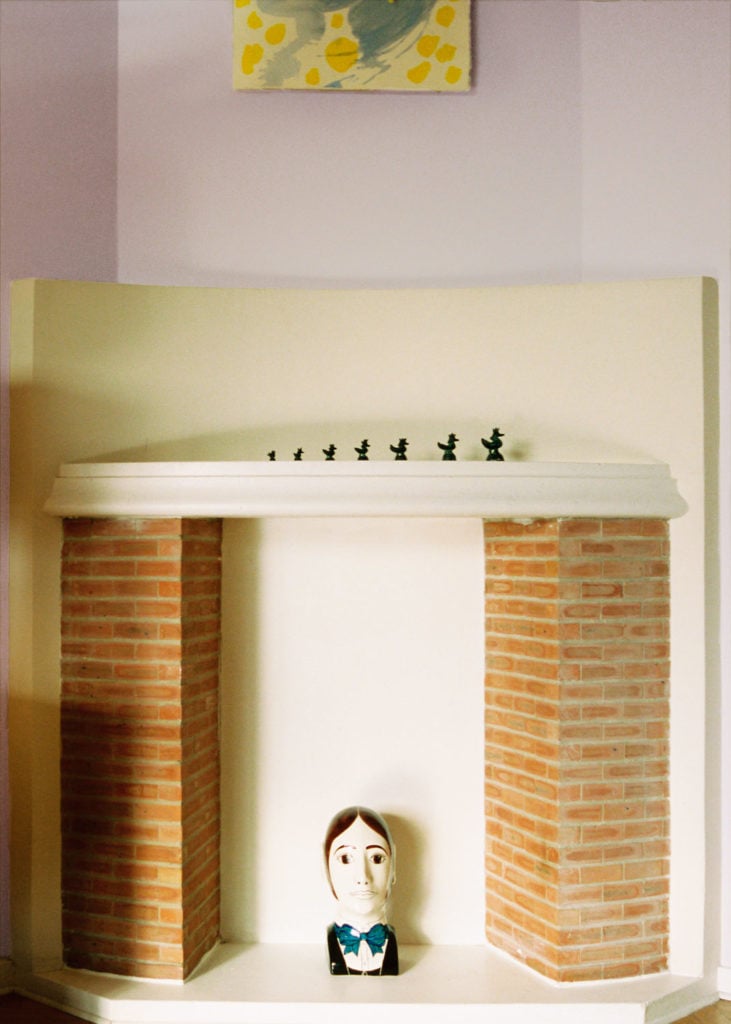
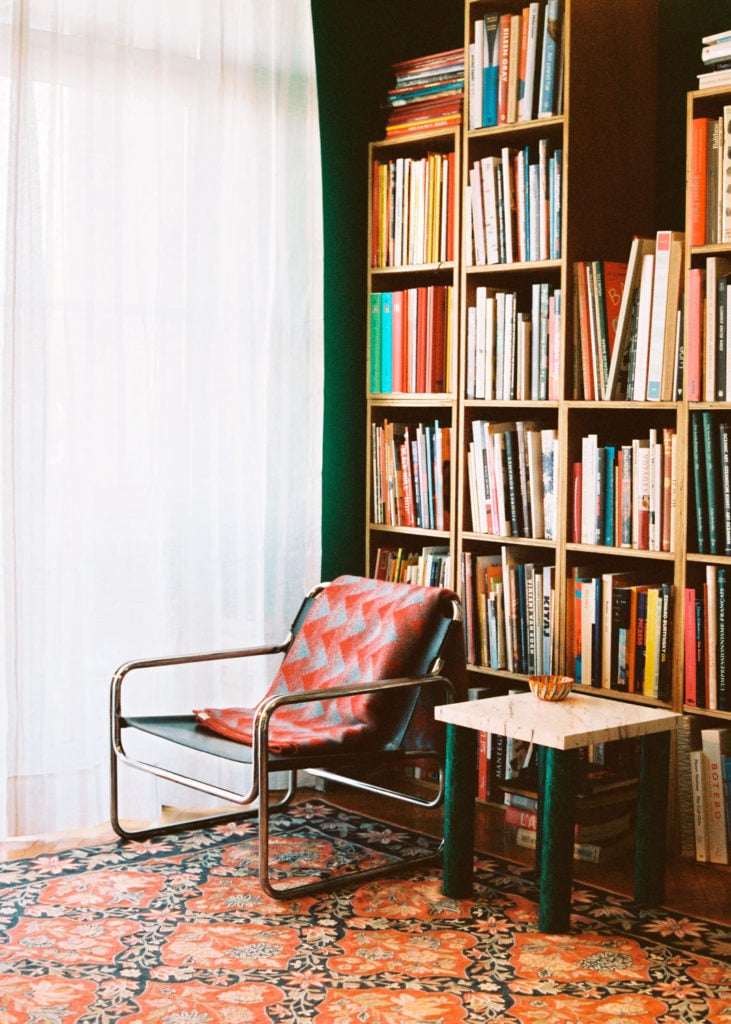
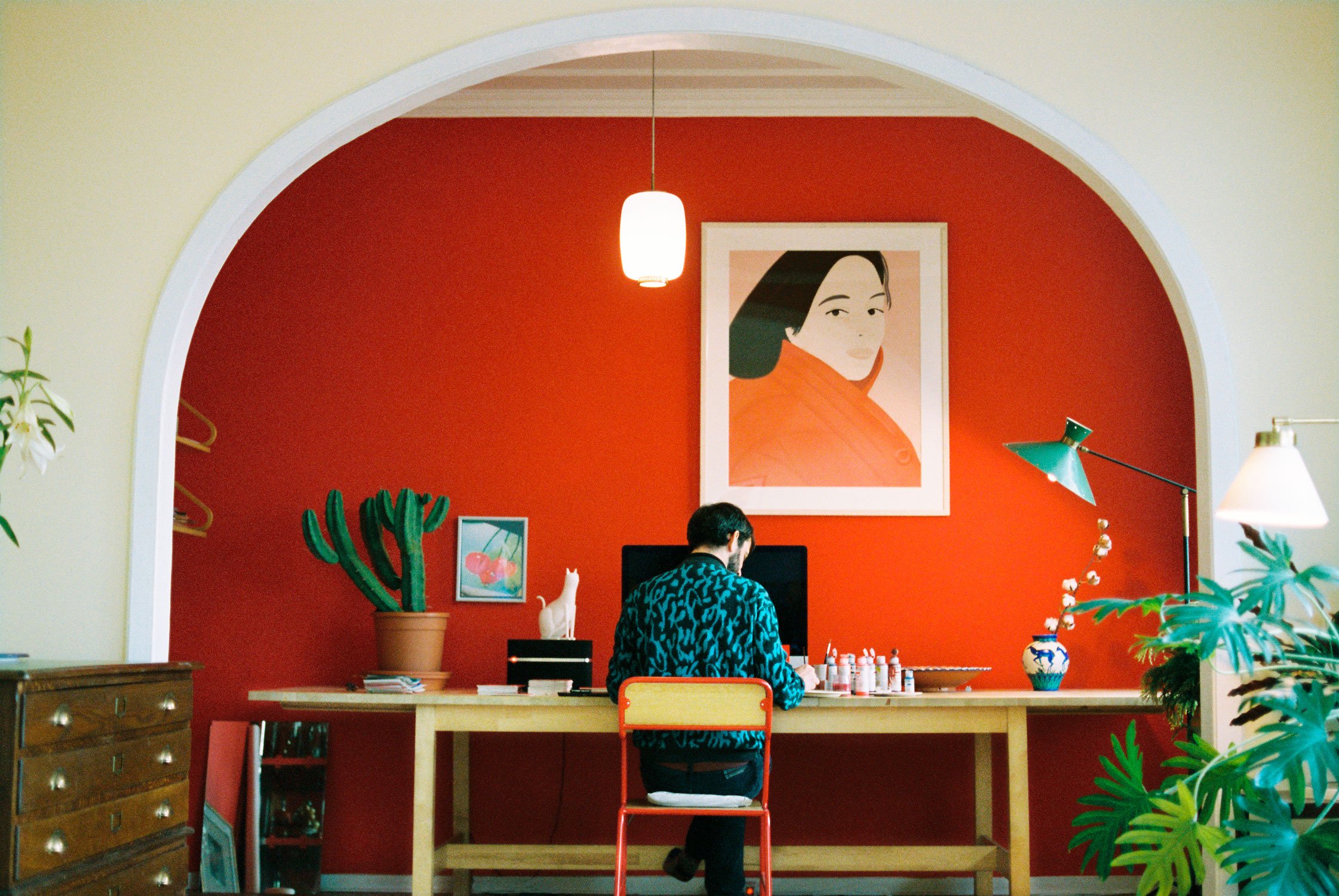
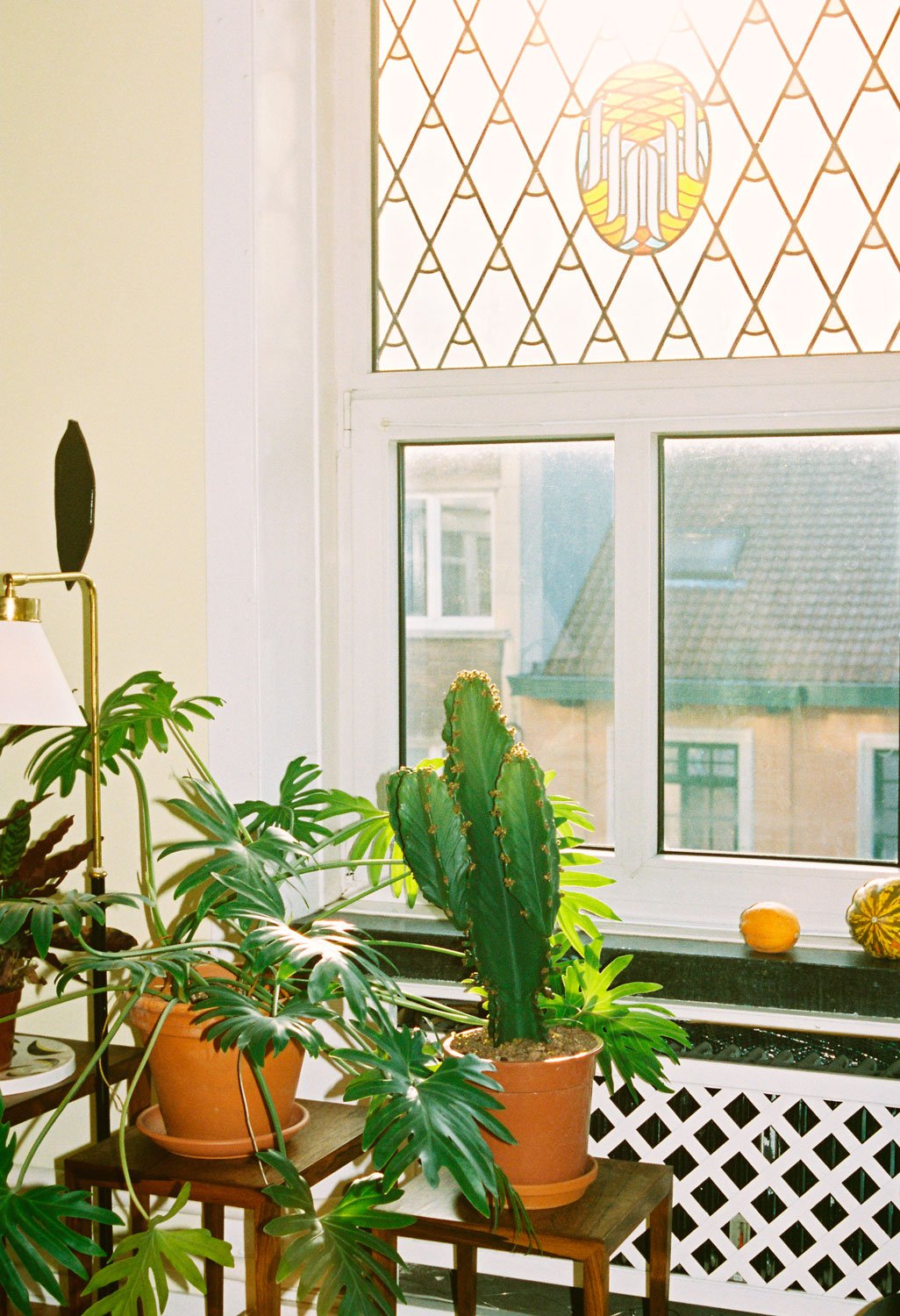
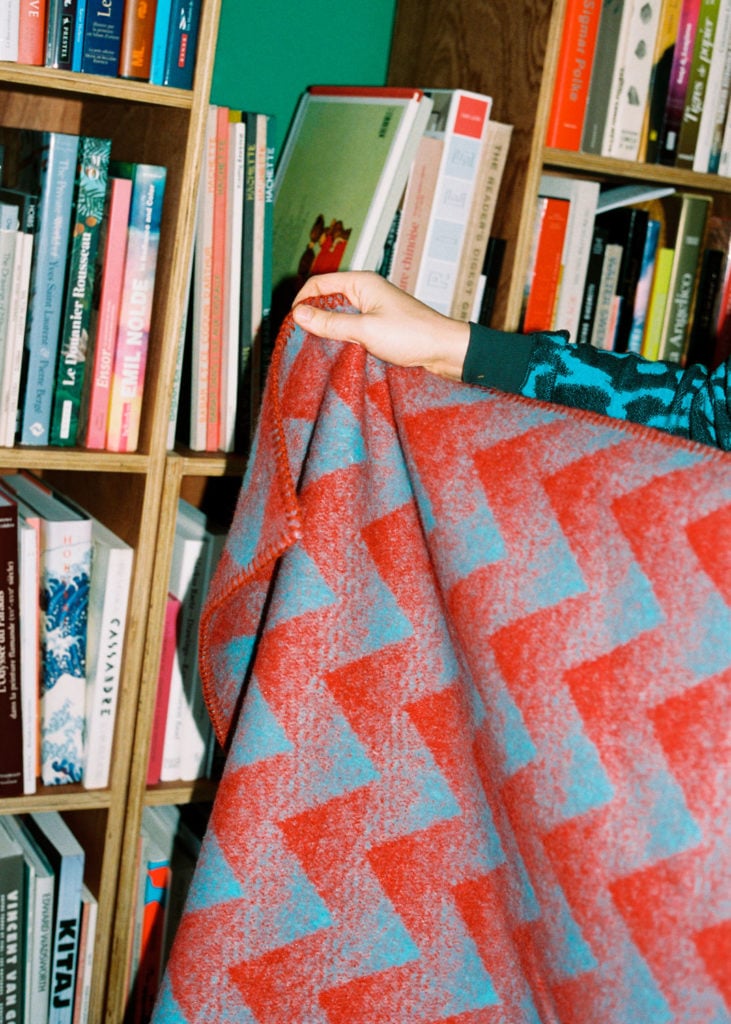
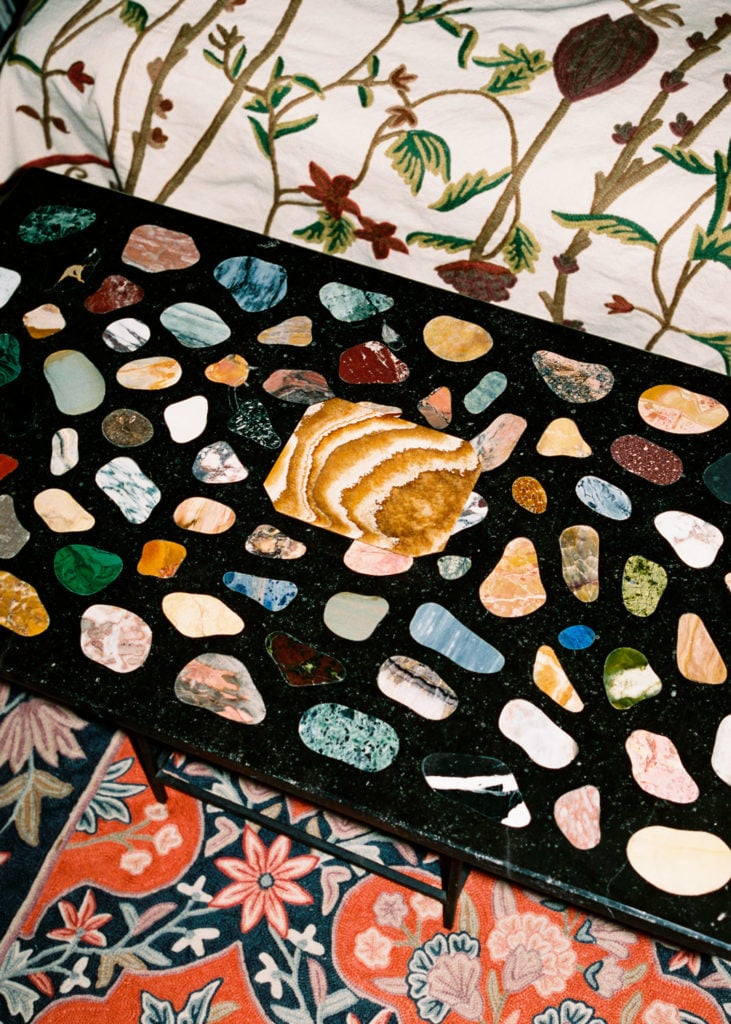

 close
close